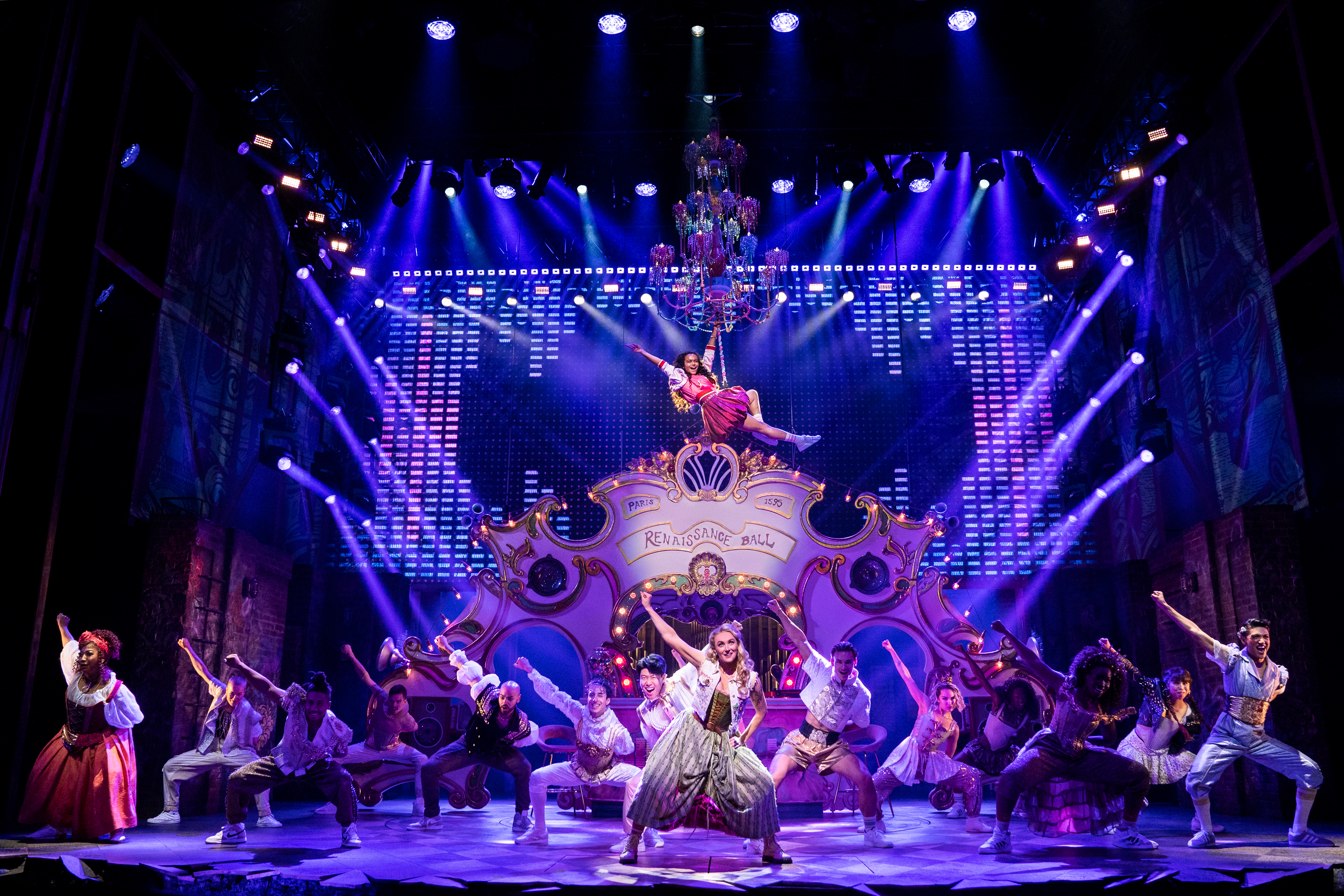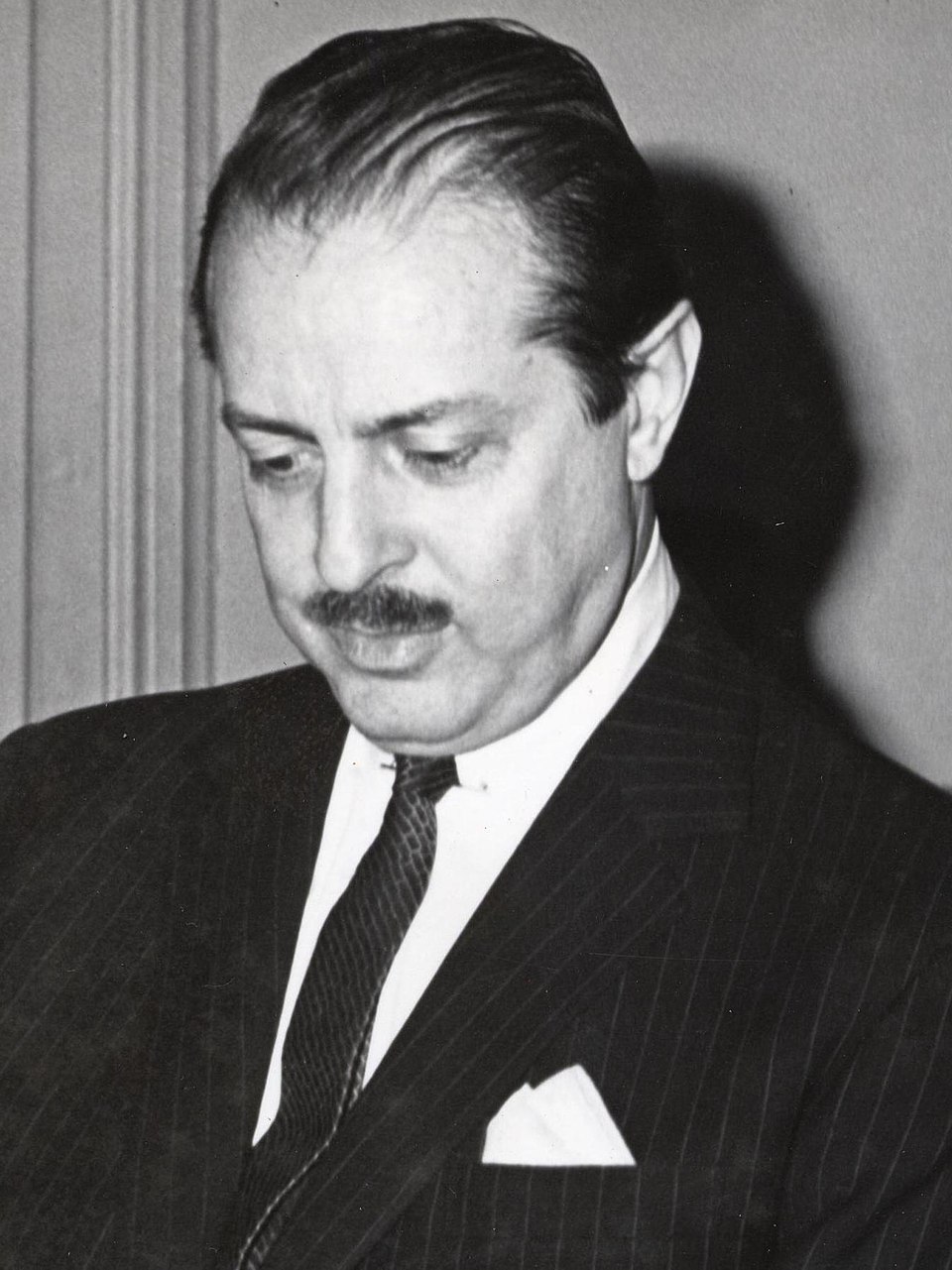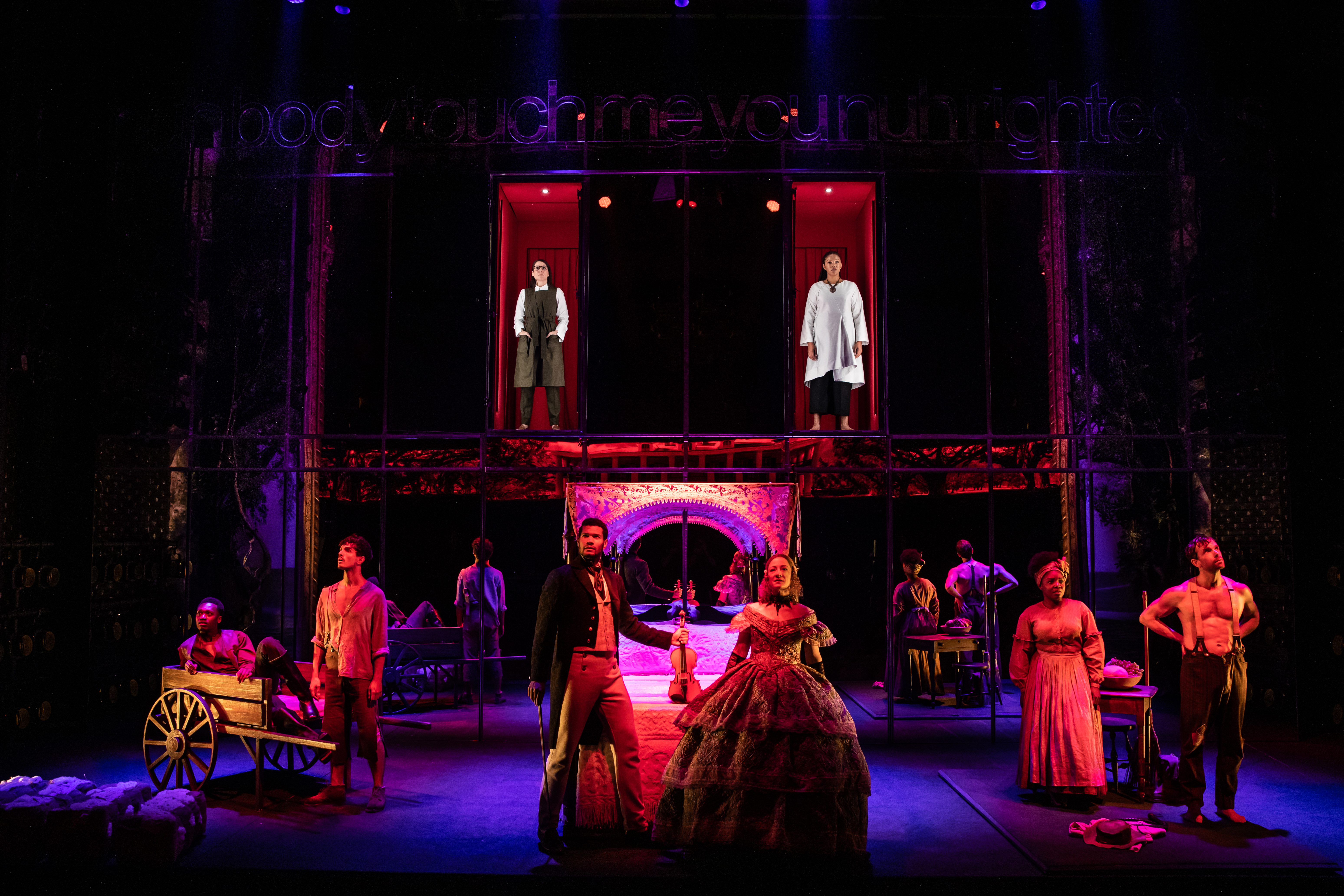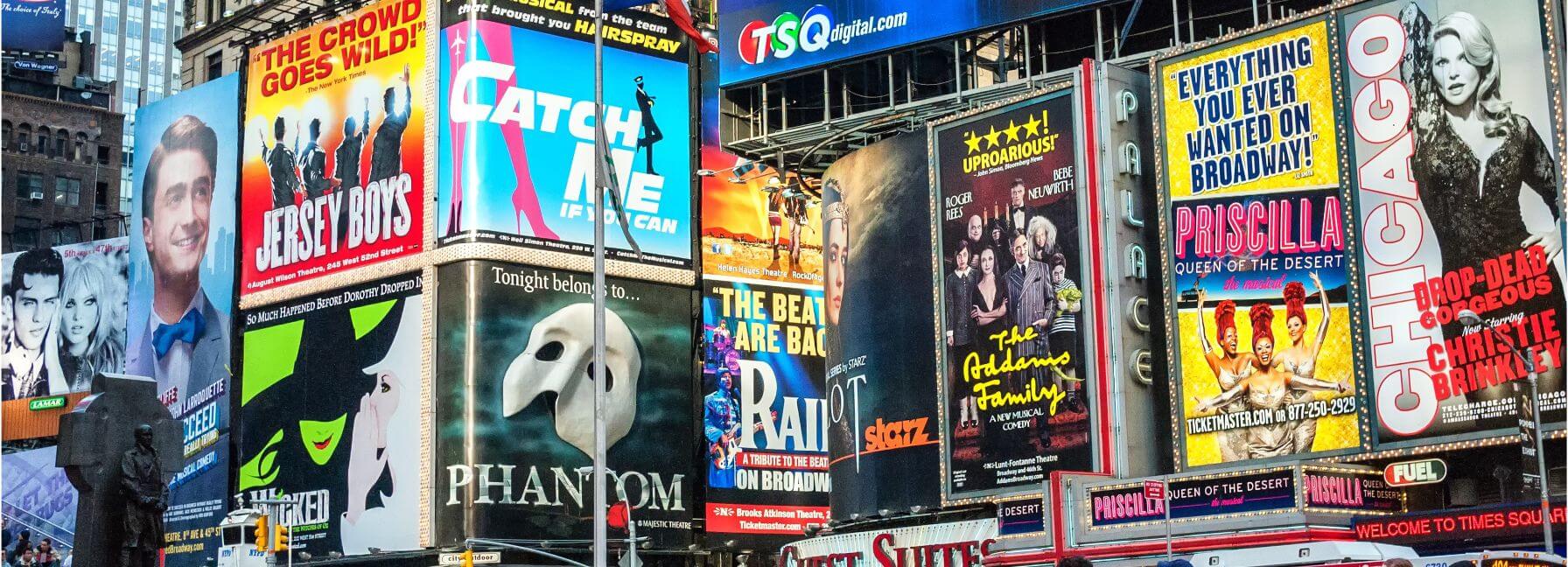Star Power or Stage Gimmick? Celebrity Casting on Broadway and the West End
Alexandra Appleton | Last updated: August 06, 2025
When a film star, pop icon, or social media influencer steps onto a Broadway or West End stage, it inevitably creates a stir. Headlines multiply, ticket sales surge, and social media hums with curiosity. But beyond the hype lies a long-running debate: does celebrity casting enrich the theatrical experience—or reduce it to a marketing ploy?
In the past few years, producers have embraced star power more than ever, with results ranging from thrilling triumphs to hollow disappointments.
A New Era of Fame on Stage
Traditionally, “star casting” meant respected film and television actors—people with a proven record of performance—crossing into theatre. London’s West End was once notorious for so-called “stunt casting,” where a big name was parachuted into a musical to boost box office takings.
But in the 2020s, celebrity has a broader meaning. Today’s theatre stars might just as easily come from TikTok or pop charts as from Hollywood. Take Broadway’s & Juliet. When TikTok megastar Charli D’Amelio joined the cast in October 2024, she didn’t even play Juliet or a major character—her cameo came as a featured dancer in the ensemble. Yet the impact was undeniable: according to The Wall Street Journal, the average dollar amount of tickets sold per day increased by about 17% after her debut, and social media engagement with the show also saw dramatic growth. For the production, which went on to recoup its $17 million investment, it was a marketing dream. For some critics however, it was a worrying sign of casting for clicks rather than craft.

The company of & Juliet. Photo credit Matthew Murphy.
When Star Power Enhances the Story
Yet celebrity casting can elevate a production when done thoughtfully. Jamie Lloyd’s current West End revival of Evita is a perfect example. Fresh from her acclaimed turn in Spielberg’s West Side Story, Rachel Zegler brought both star quality and genuine vocal power to the iconic role of Eva Perón. Critics have called her “phenomenal” and “enthralling,” and while the production’s experimental staging divided opinion, Zegler herself was widely celebrated.
Similarly, Nicole Scherzinger’s electrifying turn in the West End and Broadways revivals of Sunset Boulevard - another inspired decision by Jamie Lloyd - proved that a pop star can deliver more than just name recognition. Her performance as Norma Desmond was raw, vocally thrilling, and emotionally gripping—so much so that the show swept the board at both the 2024 Olivier Awards and 2025 Tony Awards. In this case, her fame enhanced the production’s profile while also serving the material beautifully.
Broadway has seen similar success. Audra McDonald’s recent portrayal of Rose in Gypsy reminded audiences that some celebrities are stars precisely because they’ve mastered the craft. With 6 Tony Awards under her belt and a record-breaking 11 nominations, McDonald has become a well-deserved star across stage and screen and her return to Broadway was hailed as a masterclass in musical theatre acting, showing that name recognition and artistic excellence can coexist.
What if Hype Overshadows the Play?
Of course, the opposite can happen. Let’s take a quick look at 2 different revivals of Romeo and Juliet on either side of the pond and just one month apart in 2024. On the West End, Tom Holland as Romeo became an Instagram sensation, thanks to live video projections and tabloid fascination with his off-stage relationship with Zendaya. But the reviews were mixed. While some praised his intensity and stage presence, others criticized his line delivery and lack of charisma. Many reviewers complained that Shakespeare’s text was drowned out by the glare of celebrity.
Unfortunately, it seems that even when the performance itself is strong, the presence of a famous name can skew audience expectations. Broadway’s recent _Romeo and Juliet_, starring Kit Connor alongside Rachel Zegler, earned praise for Connor’s acting but was criticized as “hollow” overall, with reviewers suggesting the production leaned too heavily on star power to sell tickets rather than on a fresh interpretation of the play.
BUT, on the flip side, let’s not forget the undeniable draw of both Holland and Connor to the younger generation. Would they have otherwise been tempted to hand over their cash to a play that has been done a million times and has been poured over in the classroom? If we want to get youngsters to the theatre - and to Shakespeare in particular - this surely has a positive impact.
The Artistic and Ethical Tightrope
But wait, let me get my theatre historian hat on for a moment. We simply cannot ignore the fact that marketing tactics, innovative publicity stunts, and publicity-grabbing headlines have long been a factor in Broadway productions. Take the infamous producer David Merrick. One of the most influential and controversial figures in American Golden Age theatre, he was renowned for his flair as a producer and his ability to create both artistic triumphs and commercial hits. Nicknamed the "abominable showman" for his ruthless tactics and innovative publicity stunts, his productions often featured bold, attention-grabbing elements, including daring casting choices.

David Merrick by City of Boston Archives from West Roxbury, United States. CC BY 2.0, via Wikimedia Commons
Moving forward to 1989, the beloved James Bond actor Roger Moore was announced as George Dillingham, the star casting in the new Andrew Lloyd Webber production of Aspects of Love. However, he left the production two weeks before the opening night, later revealing that he struggled singing with an orchestra and realized the show needed someone more experienced in musical theatre.
The contemporary tension between artistry and marketing is well illustrated by playwright Jeremy O. Harris. When Game of Thrones actor Kit Harington joined the West End transfer of Harris’s provocative Slave Play, the playwright publicly admitted he was wary of celebrity overshadowing the ensemble. Yet he praised Harington for respecting the material and the collaborative nature of the production.
This example underscores the key question: is the celebrity there to serve the story, or is the story simply a vehicle to showcase the celebrity? When the balance tips toward the latter, theatre risks becoming just another form of branded entertainment.

The original Broadway cast of Slave Play. Photo by Matthew Murphy.
The Commercial Reality
Yet it’s impossible to ignore the financial logic. Mounting a Broadway or West End production is eye-wateringly expensive, and a recognizable name can dramatically reduce the risk of empty seats. For producers, a celebrity offers an instant marketing hook. George Clooney can open in a play like Good Night, and Good Luck and guarantee sold-out performances, regardless of reviews. (In this case, the views were particularly positive and Clooney earned a Tony nomination for his performance!)
Then there’s also the nostalgia factor. When Leslie Odom Jr. returned to Hamilton this year, tickets sold out within hours. In cases like this, the star isn’t an outsider parachuted in for quick publicity but a beloved artist revisiting a defining role.
Redefining “Celebrity”
What’s notable about the last few years is how diverse the sources of fame have become. Social media influencers like Charli D’Amelio can bring in a completely new demographic, while traditional stage stars—such as the original Broadway cast of Hadestown returning for a limited West End run and filmed performance—can ignite fervent demand from dedicated theatre fans.
This duality shows that “celebrity” is no longer a one-size-fits-all label. A famous name might belong to a seasoned actor, a pop singer, or a viral content creator. Each brings different audiences, expectations, and challenges.
Finding the Balance
The best productions strike a careful balance. They use the visibility of a big name to draw people in, but ensure the performance meets the same artistic standards as any other casting choice. Sunset Boulevard with Nicole Scherzinger worked because she brought talent as well as recognition. Evita with Rachel Zegler succeeded because she is famous and capable.
The most problematic examples are those where fame overwhelms the material, where the audience comes to see the person rather than the play. That strategy may sell tickets in the short term, but it rarely leaves a lasting artistic legacy.
Why It Matters for Audiences and Students
For audiences, celebrity casting can be both thrilling and risky. There’s the undeniable excitement of seeing a household name live on stage—but it’s worth asking: is this production strong on its own, or is it coasting on star power?
For drama students, the trend offers valuable lessons about how the industry navigates the tricky intersection of commerce and art. It raises questions about ensemble dynamics, critical reception, and the ways media attention shapes a production’s fate.
Ultimately, celebrity casting isn’t inherently good or bad. It’s a tool—a powerful one—that can either elevate a show or reduce it to a hollow spectacle. The challenge for Broadway and the West End is to ensure that star power never eclipses the soul of the story.
What do you think? Does celebrity casting draw you to the theatre—or make you wary of the hype?
Originally Published: August 06, 2025
Last Updated: August 06, 2025
Blog Written By:
More From Arts Marketing
Welcome to StageAgent
Our mission is to provide actors, directors, teachers and backstage staff with the ultimate theatre research and education platform.
Enjoy amazing theatre resources:
Browse Blog Categories
Auditions and jobs
near
{{headerProps.location}}
Upcoming performances

